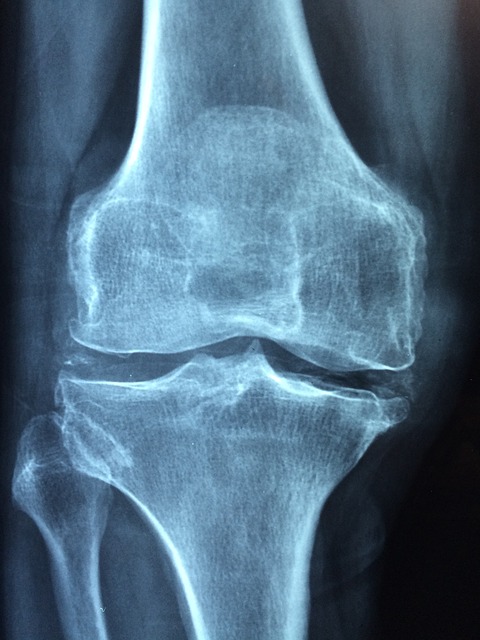Hi ,
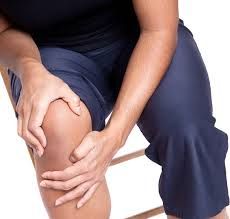
I had an odd experience the other day – at least odd for me. I deal with this in patients, but this is the first time I have experienced it in my own body. I am talking about a referred pain syndrome.
About three weeks ago I started noticing a pain in my right knee. I would rub the area just under the kneecap by the shinbone and it would be very tender. I figured I had strained the attachment of either the muscle along the shin or possibly the muscle that attaches in that same area that runs up the side of the thigh. I massaged it for a couple days, but it just got worse.
I decided it was time to get serious and pull out the Activator adjusting tool and give the knee a once over. This went on for several more days with me adjusting and massaging. I even got out the ultrasound to knock down inflammation…nothing.
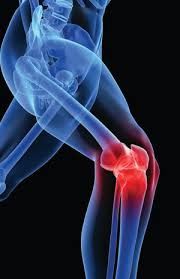
By now the pain was running down my shin and starting up my thigh. It was interfering with my ability to walk. But mostly it hurt whenever I sat down. Any pressure on the back of my thigh from the chair and I would get stabbing pains in my leg. This was getting pretty weird. It was not responding to treatment or therapy and the worst pain was when I sat with no pressure on the knee joint. I am now two weeks into this rather unpleasant pain pattern.
At this point I went back to basic neurology to try to figure out what was going on. The pain pathway was right along the boarder of the two major nerves in the leg – the sciatic and the femoral nerves. That might mean I had a pelvic rotation affecting these nerves, but when I tested this out, nothing showed up. Besides, irritation of these nerves usually starts at the top and works down the leg. It doesn’t start in the middle of the leg.

Just to be thorough, I checked out the lumbar spine. I had no back pain and no restriction of movement, so I figured I would find nothing. But to my surprise both the fifth and the fourth lumbar vertebra were testing pinching down on the right. This could cause the pain I was having, but there was no local pain in the lumbar region. As I mentioned, classically, pain starts at the spine and works its way down the extremity. But I had no pain at the spine.
I adjusted the area anyway – just in case it was involved somehow. Low and behold a couple hours later the pain was less in the leg. I adjusted it again the next day the pain reduced even further. I gave it a third adjustment a day later and really dug in to affect the deep soft tissues and by the next day the leg and knee pain were gone. It 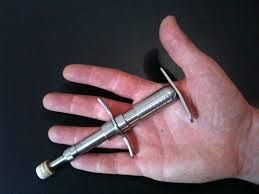 was like magic to me because my understanding of how the nerves worked didn’t explain how the pain skipped over the back and upper leg and just appeared in the knee. Its not supposed to work that way.
was like magic to me because my understanding of how the nerves worked didn’t explain how the pain skipped over the back and upper leg and just appeared in the knee. Its not supposed to work that way.
 was like magic to me because my understanding of how the nerves worked didn’t explain how the pain skipped over the back and upper leg and just appeared in the knee. Its not supposed to work that way.
was like magic to me because my understanding of how the nerves worked didn’t explain how the pain skipped over the back and upper leg and just appeared in the knee. Its not supposed to work that way.This is the stuff old school Chiropractic was all about. Whatever is going on in the body, the first place you address is the nerves that control that area at the spine. I might have had an unnoticed injury just to the knee, in which case the corrections I made to the knee would have helped. But even then I should have addressed the spinal area that feeds the knee. Because even with a local injury to just the knee, I still want to clear the communication to the muscles, ligaments, blood vessels, and other tissues in that area to speed the healing.
This is usually not an issue when I work with patients, because I work over the whole body and always check the entire spine in detail. But with myself, I was short cutting and just attending to the area that hurt. Normally I trade with another Chiropractor each week to make sure my spine is all aligned, but my regular trading doctor has been out of commission with electrical trouble with his heart. So I have not been getting my weekly tune-ups.
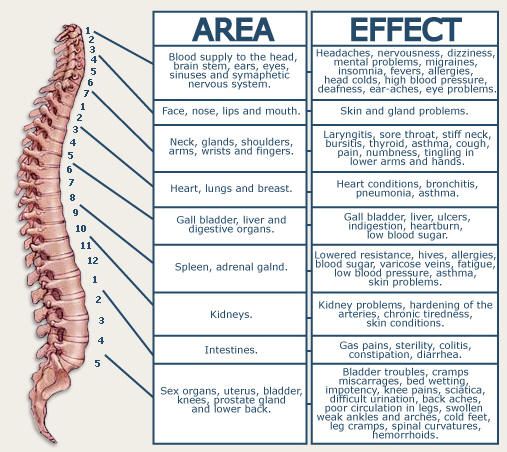
So for me this little knee pain episode served as a reaffirmation of the basic principles of Chiropractic. It also highlighted how just because there is no pain in the spine, it does not mean that there is not a problem in the spine that might be causing trouble elsewhere in my body. It reaffirms my precaution of getting a regular tune up every week just to keep things running smoothly – particularly now that I have turned 60. My feeling now is that tune-ups twice a year are appropriate for folks in their 20’s and 30’s, four times a year for folks in their 40’s and 50’s, and monthly for those of us 60 and over, even if we have no symptoms. As we age our vital reserves diminish and our resilience decreases. We have to watch our diet more closely, be more religious with our exercise, get regular sleep, and keep ourselves tuned up.
Take care,
David
